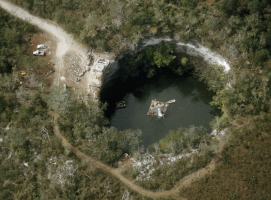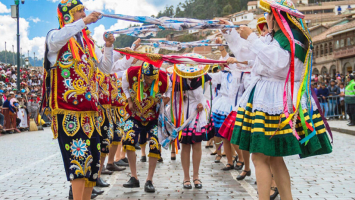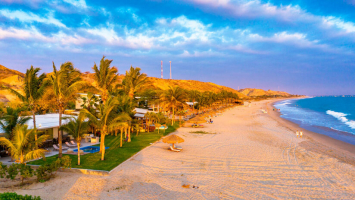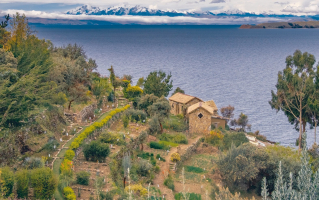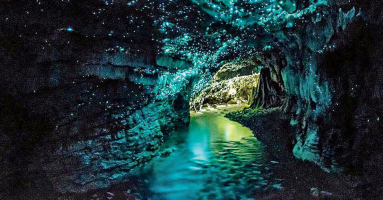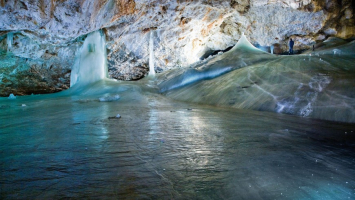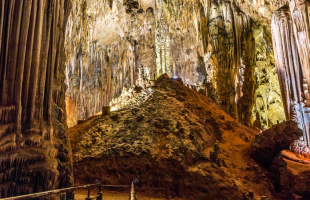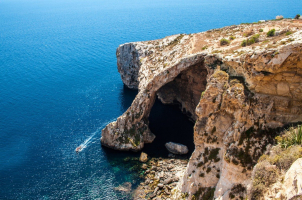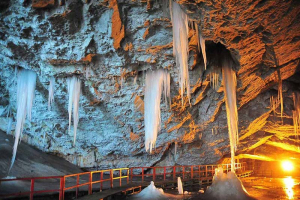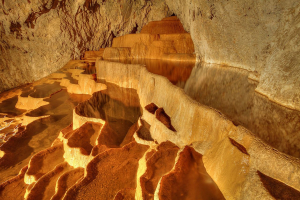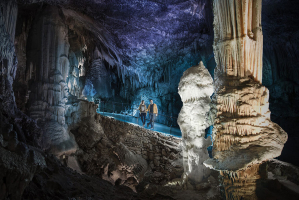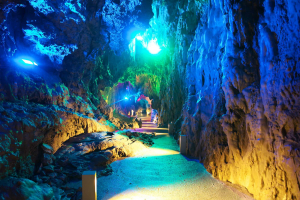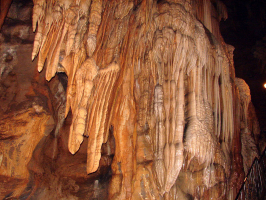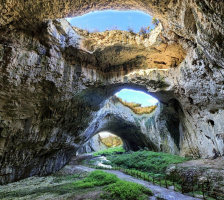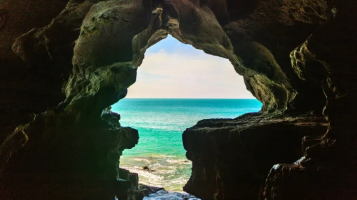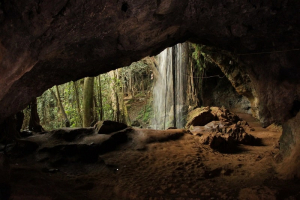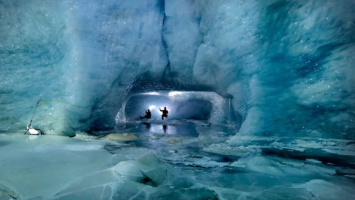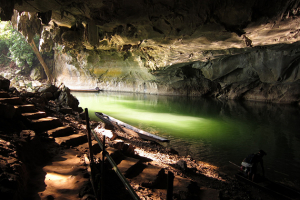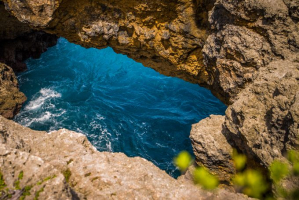Top 4 Most Mesmerizing Caves in Peru
Massive caverns, sunken depressions, and unexplained underground spaces abound in Peru. The country's caves continue to pique interest with their intriguing ... read more...mysteries; so far, incredible natural beauty, cathedral-like halls, and subterranean woods have been uncovered. Here are some of the Most Mesmerizing Caves in Peru.
-
The Callejón de Huaylas valley in Yungay Province, Peru's Ancash region, is home to the Guitarrero Cave. Guitarrero Cave is one of the Most Mesmerizing Caves in Peru. The cave is 50 meters (160 feet) above sea level and 2,580 meters (8,460 feet) above the Santa River. Humans may have been present in Guitarrero Cave as early as 8,000 BCE, and potentially as early as 10,560 BCE. The mandible and teeth of a person recovered in the cave were carbon dated to 10,610 BCE.
A sequence of Archaic period campfires, dated between 8,500 and 7,000 BCE, were also discovered. Artifacts recovered from the level included willow leaf, tanged, lanceolate, and concave base Ichuna/Arcata projectile points, as well as wood, bone, antler, and fiber cordage.
Between about 1000 BCE and 1000 CE, levels were found in Early and Middle Horizon settlements, cist burials, and wall paintings.
Archeologists uncovered objects in an exceptional condition of preservation at the site in the 1960s. Textiles, wood and leather tools, and basketry have all been miraculously preserved. Guitarrero has been supported by evidence of early domesticated beans Phaseolus, chile, corn, and other cultivars.
The cave's fiberwork is the oldest in South America, dating back over ten thousand years. Plant fibers were twisted, looped, and knotted into utilitarian containers in the cave. The inhabitants of Guitarrero Cave may have been Chavn ancestors.Location: Yungay Province, Ancash Region, Peru
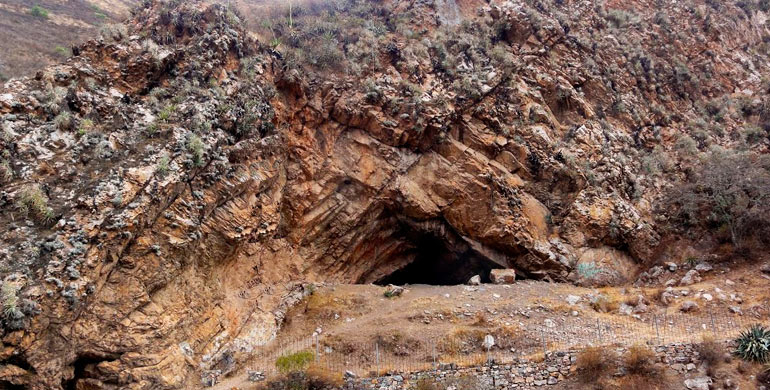
https://www.iperu.org/ -
Piki Mach'ay (Quechua piki flea, mach'ay cave, "flea cave," also written Pikimachay, Piquimachay, where machay meaning "drunkenness," "to get drunk," or "a spindle packed with thread") is a Quechua word that means "drunkenness," "to get intoxicated," or "a spindle packed with thread." Pikimachay, one of the Most Mesmerizing Caves in Peru, is a Peruvian archaeological site located in the Ayacucho Valley.
Humans were present in this cave between 22,200 and 14,700 years ago, according to radiocarbon dates, but this evidence has been contested, and a more conservative dating of 12,000 years BCE is likely.
The first archaeologist to visit Piki Mach'ay was Richard S. MacNeish. Long-term human occupation has been discovered at the site, while the evidence is still debatable. The cave is part of the Ayacucho culture, which includes other cave sites such as Jaya Mach'ay ("pepper cave").
Unifacial chipped tools, such as basalt and chert tools, choppers, and projectile points, as well as bone relics of horses, camelids (Camelidae), and giant sloths (Megatherium) dated from 15,000 to 11,000 years BCE, were discovered at the site.
Location: Ayacucho Valley
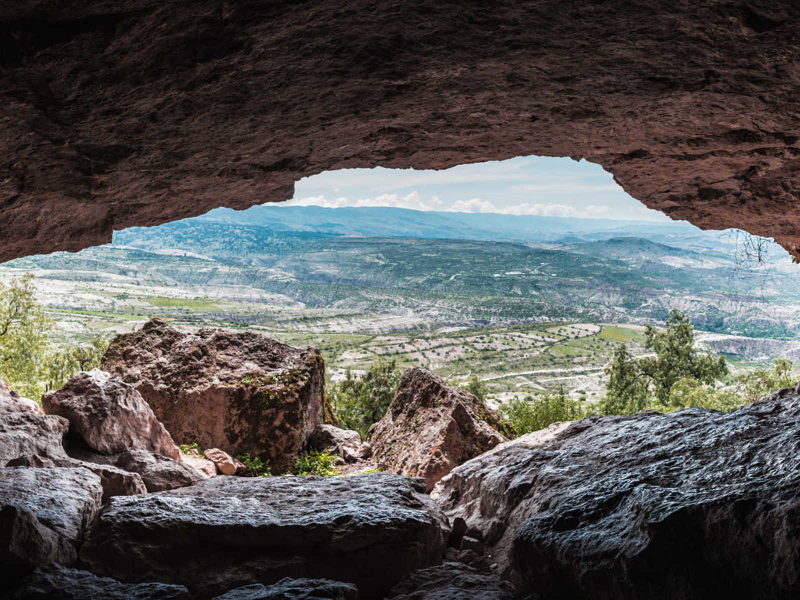
https://turismoi.pe/ 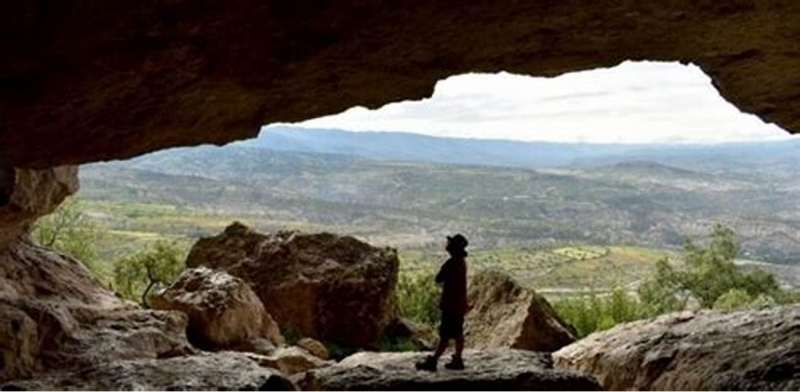
https://www.incatrailtomachupicchu.pe/ -
Sima Pumacocha (perhaps from Spanish sima deep and black cavern/abyss, Quechua puma cougar, puma, qucha lake), one of the Most Mesmerizing Caves in Peru, is a limestone cave in central Peru near the settlement of Laraos, high in the Andes mountains. It is located in the Lima Region, Yauyos Province, Laraos District. It was the deepest known cave in South America from 2001 to 2006, when it was surpassed by Abismo Guy Collet at 638 meters. It is the world's highest large cave, with an entrance 4372 meters above sea level and a depth of nearly 500 meters.
The Pumaqucha valley, at 4,300 to 4,400 meters above sea level, is a typical Andes 'puna' — steep, treeless, and flanked by 5,000-meter peaks. A dirt road runs across the valley, supplying neighboring active and abandoned mines, and stone houses are peppered throughout by inhabitants tending flocks of sheep, llamas, and alpacas. Pumaqucha, a tiny lake with a large catchment area, stands on Miocene age granodiorite near the valley's head.
The lake's outfall stream has created a small, shallow canyon where it meets near-vertically bedded Cretaceous age Jumasha limestones, having many abandoned and one active sinkpoint where the entire stream goes underground. The Lower Cretaceous Pariatambo Formation lies beneath the limestone.
A short concrete canal, designed to keep the lake outfall on the surface by diverting it around the canyon, is in bad repair and rarely works. When local repairs are made, the active sinkpoint (SP1) reopens, but a large amount of water escapes into the abandoned sinks (SP2 and SP3).Location: Lima Region, Yauyos Province, Laraos District
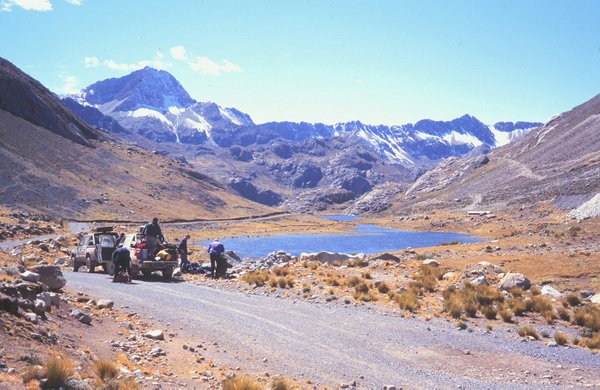
https://www.touristlink.com/ 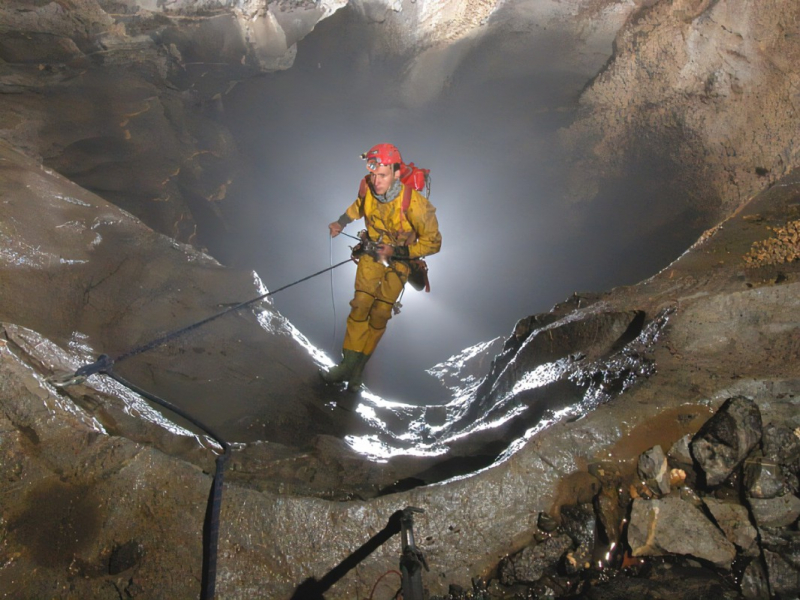
http://cuevasdelperu.org/ -
Toquepala Caves, one of the Most Mesmerizing Caves in Peru, is located in the Moquegua Region of the Osmore River, in the western Andes. They are two small caves that are 15 m 5 m (49 ft 16 ft) in size and have a depth of 5 m. They are located at an elevation of 2,200 m (7,200 ft) (2,800 m (9,200 ft) is also stated in another source) (16 ft).
In the high Sierra, the two Toquepala Caves are located near the Quebrada Cimarron or along the Rio Locumba, a dry torrent that flows from the Sierra to the desert. "Abrigo del Diablo" is the most well-known of the caves. Toquepala Caves are located near the Toquepala mine, some 154 kilometers (96 miles) southeast of Tacna, Peru.
The caverns have rock art depicting gatherer-hunters who lived in the caves around 10,000 years ago. More than 50 cave paintings from the Palaeolithic period have been discovered, with 30 of them being examined. Armed men chase the guanaco cameloid and Andean sacred icons in these scenes.
Animals, mostly guanacos, are depicted in the drawings (cameloids). Hunting by humans who are corralling and murdering a bunch of guanacos is represented in this image. The humans are armed with an axe, lances, and spear throwers, ready to battle the animals. Bow and arrow, on the other hand, are not depicted in these rock art settings. They're made up of seven different colors.
Location: Toquepala, Ilabaya, Tacna
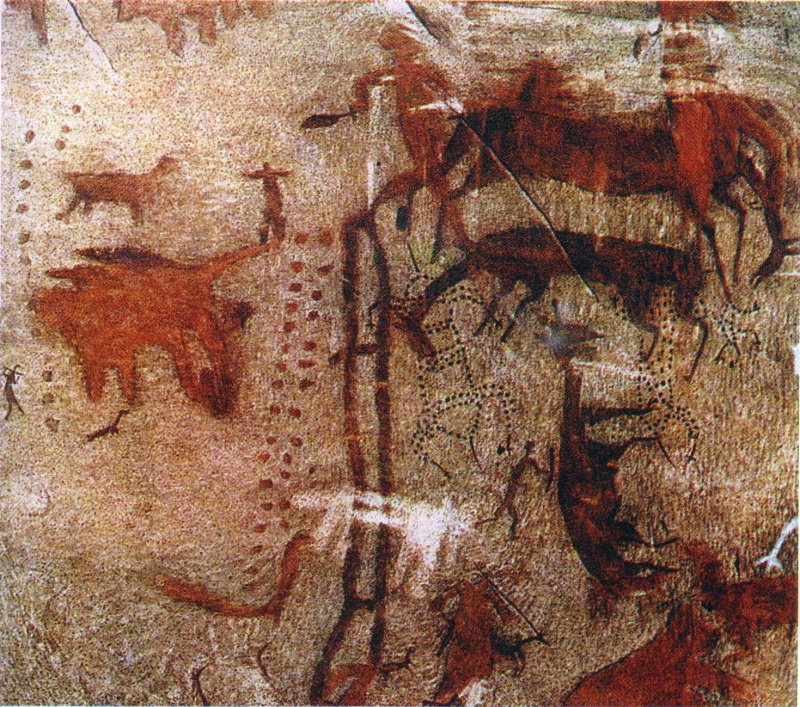
http://archive.constantcontact.com






